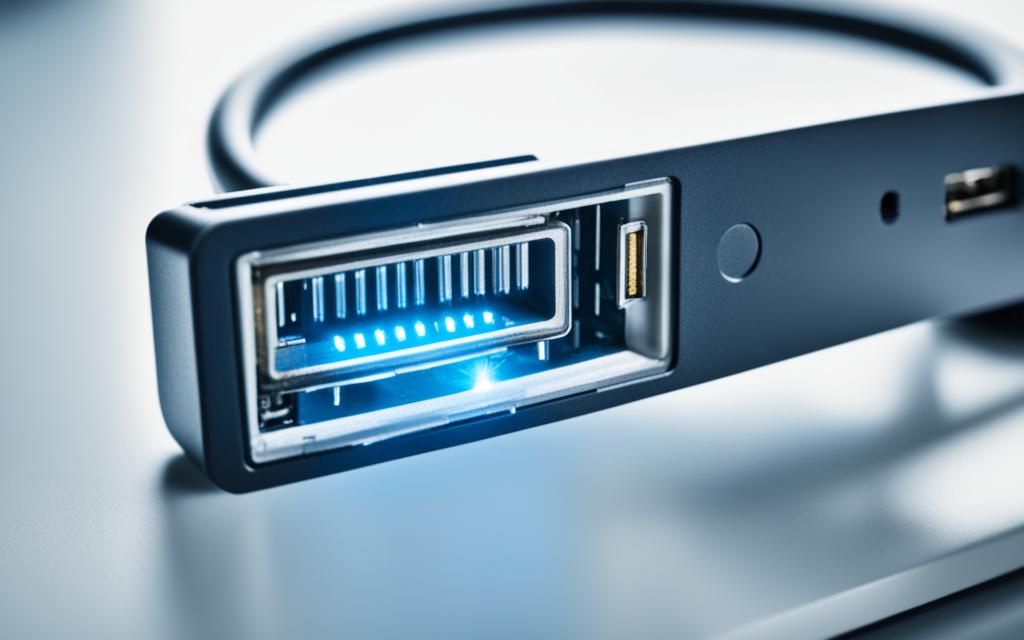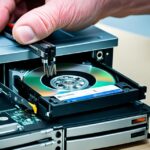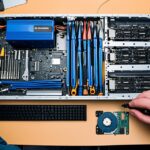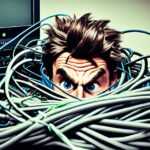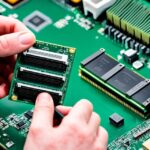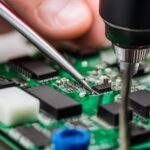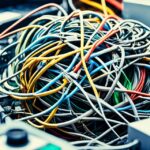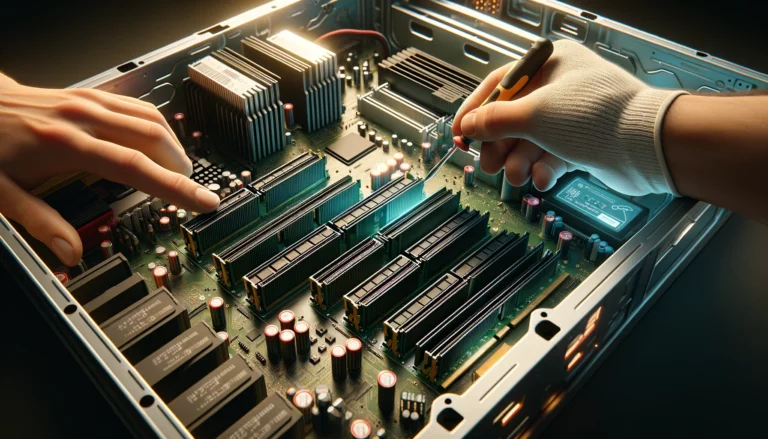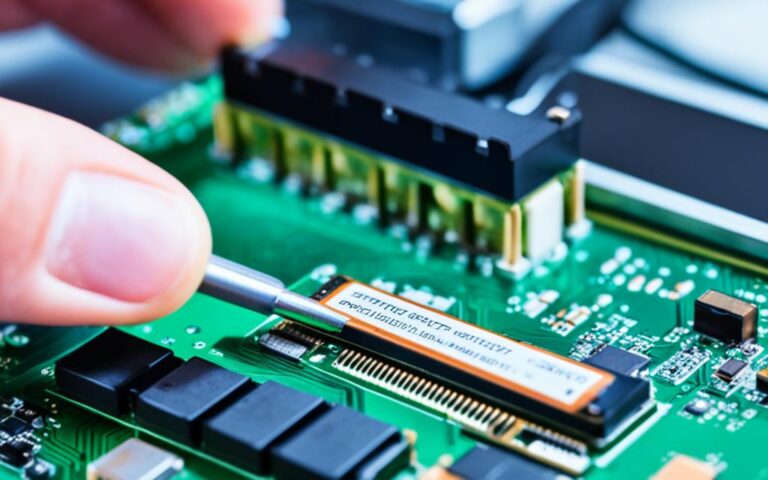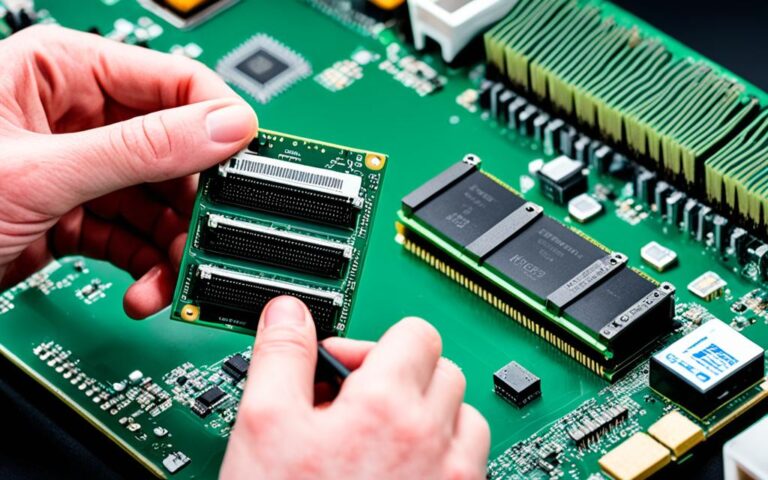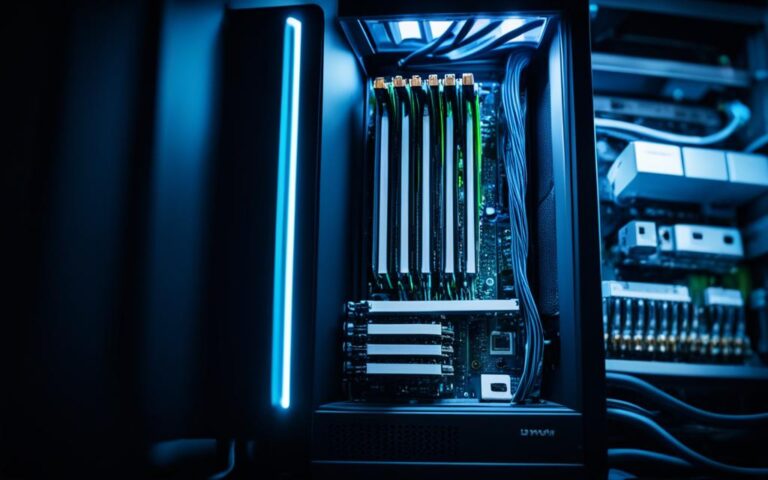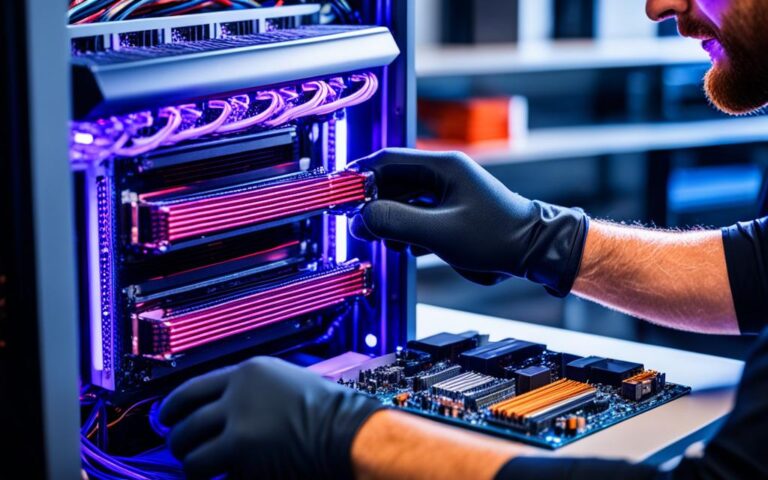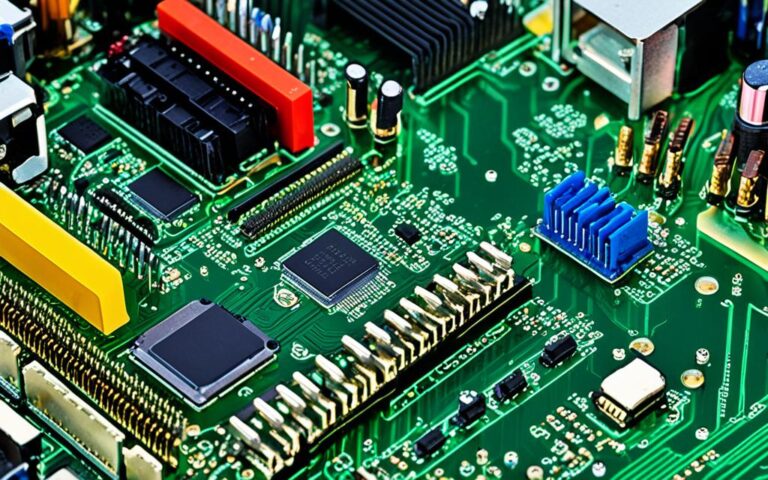Fixing USB Connectivity Issues on Desktop PCs
USB ports are crucial for connecting peripherals like mice, keyboards, and external drives to desktop PCs. However, when these ports encounter connectivity issues, it can hinder your productivity. Instead of immediately seeking professional help, there are troubleshooting steps you can take to resolve the problem yourself. In this article, we’ll explore USB connectivity fixes specifically for desktop PCs.
The first step in troubleshooting USB connectivity issues is to narrow down the problem. Begin by plugging the peripheral into a different USB port on your computer. This will help determine whether the issue is isolated to one specific port or affects all of them. If the problem persists, try using a different cable to rule out any damage to the existing one. Additionally, testing the peripheral on another computer can help identify if the issue lies with the device itself.
Another possible cause of USB connectivity issues on desktop PCs is improper port compatibility. Some USB ports, particularly USB Type-C ports, may have different designations, such as data-only or charging ports. Ensure that you’re using the right port for the intended purpose, especially if you’re trying to charge a device. Switching to a designated charging port can often resolve this problem.
Debris and grime can accumulate in USB ports over time, causing blockages that prevent a secure connection between the computer and the plug. Carefully inspect the ports for any signs of blockage, such as cables not plugging in all the way. If you notice any debris, turn off your computer and gently remove it using a toothpick or canned air. Remember not to insert the plastic nozzle directly into the port to avoid condensation build-up.
In some cases, a simple restart of your computer can fix USB port issues by allowing the system to resolve any internal errors. Try restarting your computer by clicking on the Start menu, then the Power button, and selecting Restart (for Windows users). Mac users should go to the Apple menu and choose Restart. Additionally, updating your computer can address any driver-related issues that may be causing the problem. Check for updates in your computer’s settings and install them if available. After installing updates, it’s important to restart your computer to complete the process.
By following these troubleshooting steps, you can resolve USB connectivity issues on your desktop PC without the need for professional assistance. Now let’s dive deeper into each step and explore additional solutions to ensure your USB ports are up and running smoothly.
Narrow Down the Problem
To troubleshoot USB connectivity issues, it’s important to narrow down the problem to identify the root cause. Follow these steps to pinpoint the source of the issue:
Try Different USB Ports
First, try plugging the peripheral into a different USB port on your computer. This will help determine if the problem is specific to one port or affects all of them. Sometimes, a faulty USB port can cause connectivity issues, so testing different ports is a good way to diagnose the problem.
Test with Different Cables
If changing the USB port didn’t resolve the issue, try using a different cable. Sometimes, a damaged or faulty cable can interfere with the connection between the peripheral and the computer. By using a different cable, you can rule out any cable-related issues.
Check the Peripheral and Device Compatibility
If a specific device isn’t working in a certain port, try using a different device and plugging it into the same port. This will help determine if the issue lies with the device itself or the port. Additionally, you can try plugging the device into another computer to see if it functions properly. This way, you can narrow down whether the problem is specific to your computer or the device being used.
By following these steps, you can effectively narrow down the problem and identify the exact cause of the USB connectivity issue. This will guide you in finding the right solution and getting your devices connected seamlessly.
Check for Proper Port Compatibility
When troubleshooting USB connectivity issues, it’s important to consider the compatibility of your USB ports. In particular, USB Type-C ports can have different designations, such as data-only or charging ports. Verifying the port designation can help you determine if it’s suitable for charging or data transfer purposes.
To check the port designation, take a close look at the labels near your USB ports. These labels will indicate whether the port is intended for charging, data transfer, or both. If you’re trying to charge a device through a port designated for data transfer only, it may not provide sufficient power. Switching to a designated charging port should resolve the problem.
Clean Out Debris
Debris and grime can accumulate in USB ports, causing blockages that interfere with the connection between your computer and the plug. It’s essential to inspect the ports closely for any signs of blockage, such as cables not fully plugging in. When you notice debris or grime, it’s time to take action to restore proper functionality.
To clean out the debris, start by turning off your computer. It’s important to avoid any potential electrical hazards during the cleaning process. Once the computer is off, you can use either a toothpick or canned air to remove the accumulated debris.
Gently insert the toothpick into the USB port and carefully maneuver it to dislodge any debris. Be cautious not to apply excessive force, as this can damage the port. If a toothpick isn’t available, canned air can also be an effective solution. Ensure that you’re using canned air specifically designed for cleaning electronics.
Hold the can of air upright and use short bursts to blow away the debris from the USB ports. Avoid sticking the plastic nozzle directly into the port to prevent condensation build-up. Remember, canned air can be quite powerful, so it’s essential to exercise caution and not use excessive force.
Regularly cleaning out debris from your USB ports can help prevent blockages and ensure reliable connectivity with your devices. Make this a part of your routine maintenance to minimize the risk of port-related issues in the future.
Restart and Update
If you’re experiencing USB port issues on your desktop PC, a simple restart can often do the trick. Restarting your computer allows it to resolve internal errors that may be affecting the USB ports. To restart your Windows computer, click on the Start menu, then click on the Power button, and select Restart. For Mac users, click on the Apple menu and choose Restart.
In addition to restarting, updating your computer can help fix any driver-related issues that might be causing problems with your USB ports. To check for updates on your Windows computer, go to Settings, select Update & Security, and then click on Windows Update. Install any available updates and restart your computer afterwards. Mac users can go to System Preferences, choose Software Updates, and install any updates that are available. Make sure to restart your computer once the updates are installed.
By restarting your computer and keeping it up to date with the latest software updates, you can often resolve USB port issues caused by internal errors or outdated drivers. These simple steps can save you time and effort, allowing you to get back to using your peripherals without any hassle.
